Creative writing and therapy
-
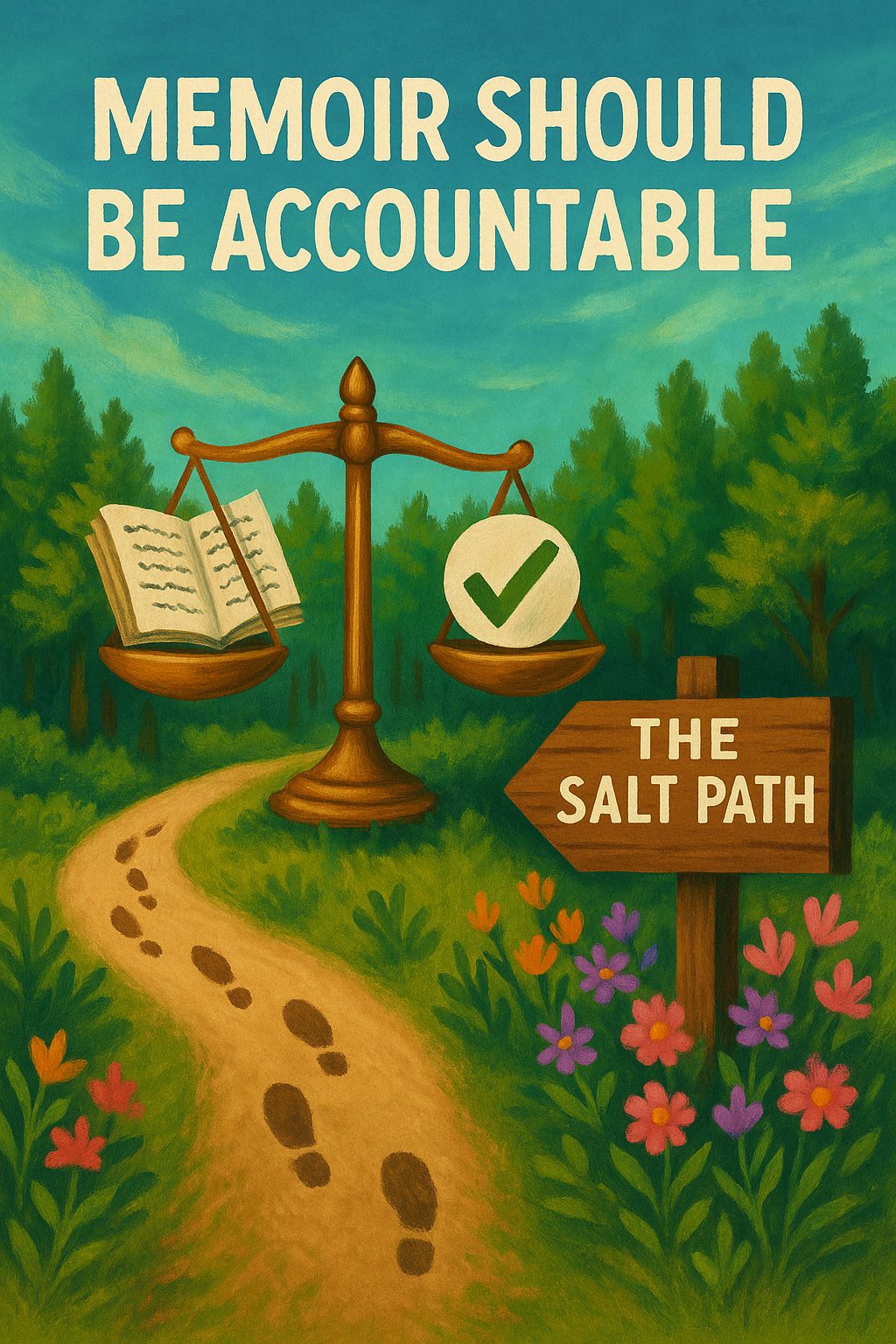
Ten Ethical Complexities of Memoir: After The Salt Path, and Two Decades After My Own
In my last post, I explored Thirteen Ways of Looking at The Salt Path. This follow-up dives deeper. Raynor Winn’s The Salt Path moved many. But recent reporting has raised ethical questions about omission, accountability, and the seduction of “emotional truth.” What are the responsibilities of the memoirist—especially when their story brings them sympathy, sales,…
-
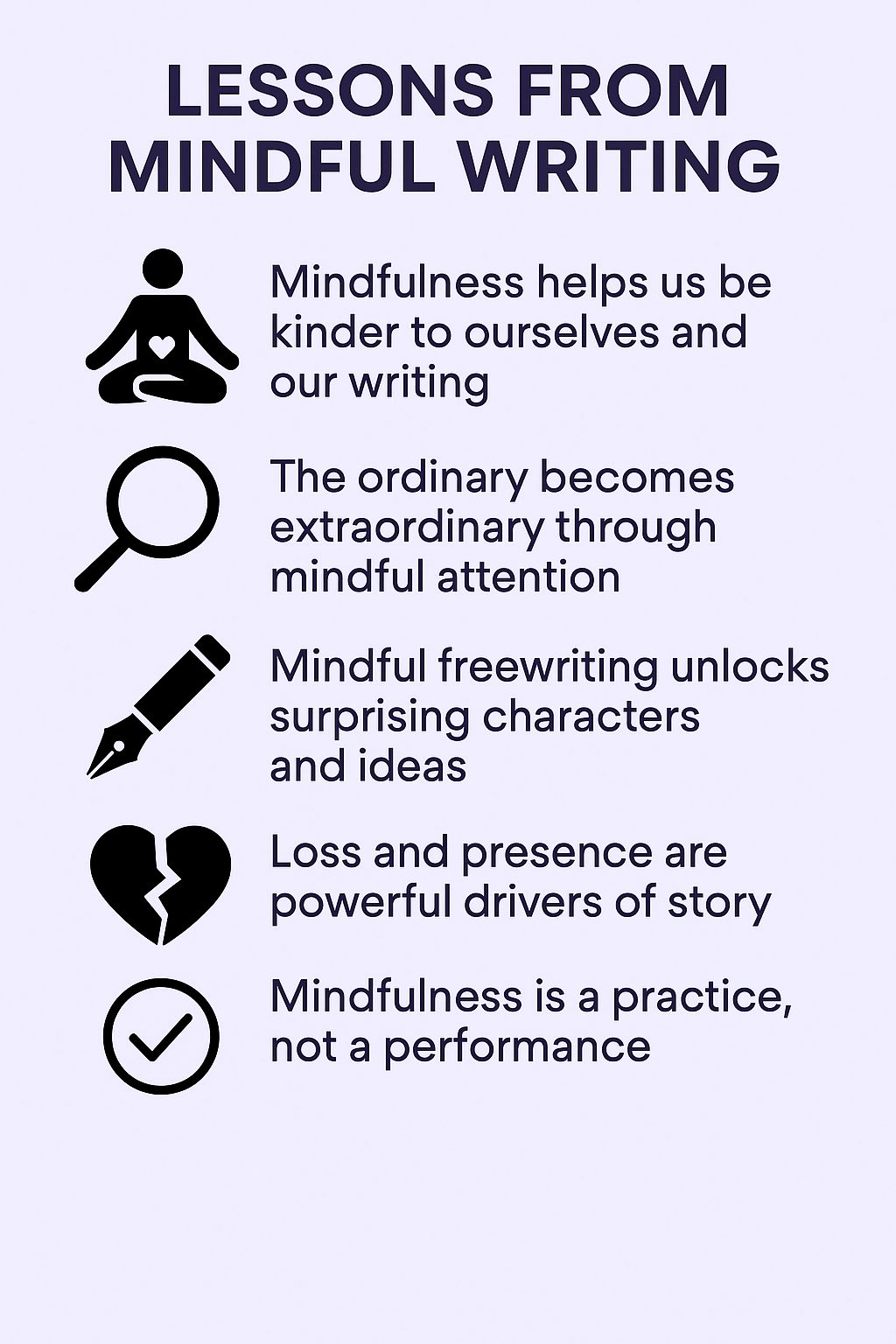
Five Reasons Why Mindfulness and Creative Writing Weave Together Well
What happens when we stop judging our writing—and simply listen? In this new blog post, I reflect on a recent workshop where writers used mindfulness to unlock voice, memory, and emotion. Together we explored how freewriting, object meditation, and mindful noticing can transform both what we write and how we feel about writing. Participants wrote…
-
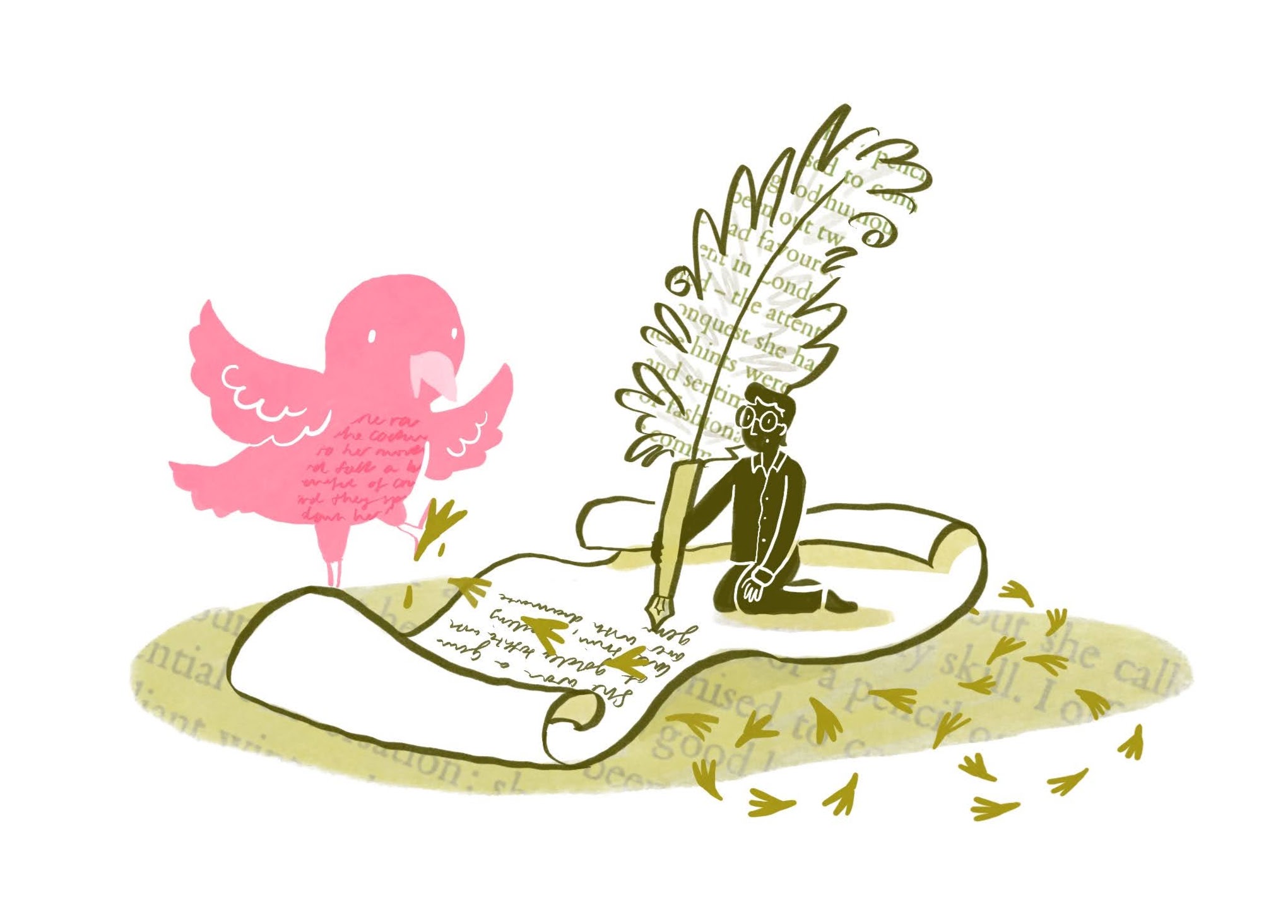
The Mindful Creative Writing Teacher
This blog introduces The Mindful Creative Writing Teacher—my book for anyone teaching or facilitating creative writing, whether in schools, universities, prisons, or community spaces. Drawing on decades of experience, I offer a fresh, practical, and compassionate approach to teaching writing that blends mindfulness, creativity, and social justice. In the blog, I explain why I wrote…
-
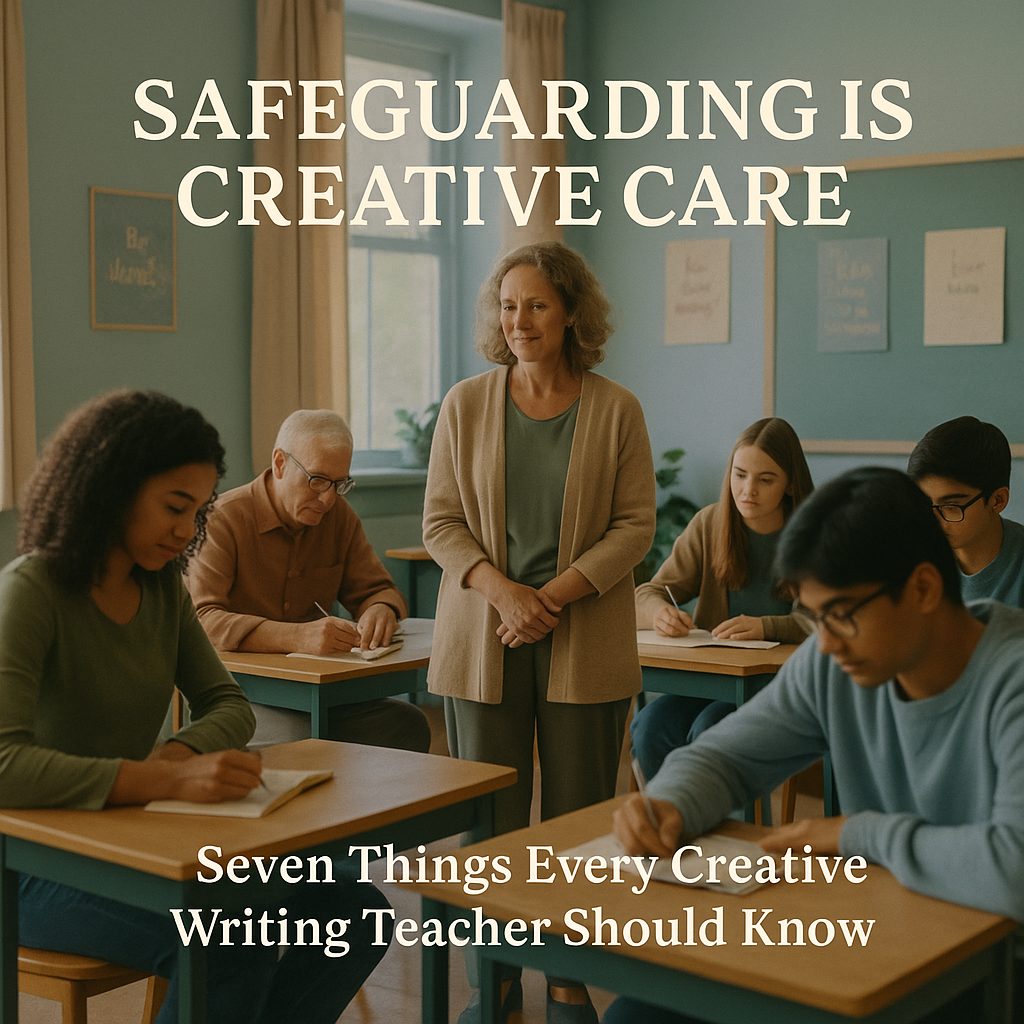
Seven Things Creative Writing Teachers Should Know About Safeguarding
I’m Francis Gilbert, and I’ve just published a vital blog post: Seven Things Creative Writing Teachers Should Know About Safeguarding. Drawing on a powerful masterclass led by Danja Sanovic at Goldsmiths, I reflect on how safeguarding isn’t just a legal box-tick but a deeply creative, relational act. Whether you’re teaching in schools, leading workshops in…
-

Letting it all spill out: the benefits of venting for creative writing teachers and students.
Specific therapeutic pedagogies that help people ‘vent’ their traumas and issues, with lots of practical suggestions and a rationale for ‘letting it all spill out’ in educational settings.
-

Affective digital presence: how to free online writing and drawing?
How freewriting and drawing can have a therapeutic effect when working online. It draws upon the experience of my students and my colleague, Dr Miranda Matthews. It also suggests a methodology for this approach.
-
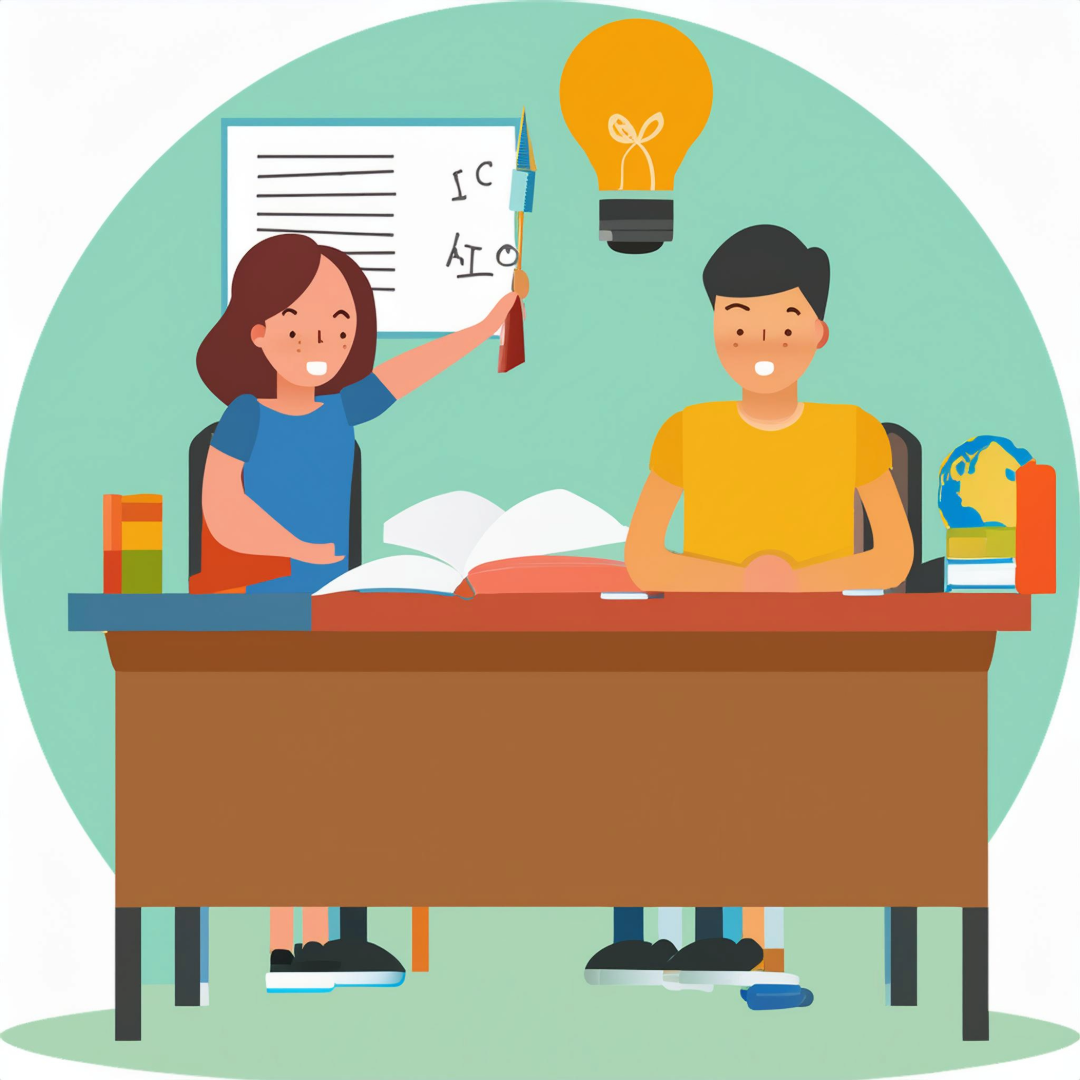
Why teach creative writing? Examining the challenges of its pedagogies
One of the purposes of teaching creative writing is ‘to heal’, in other words, creative writing is taught as a form of therapy, maybe more than is openly stated. Many teachers set therapeutic tasks so the author can learn and grow from the experience of writing about it.
-
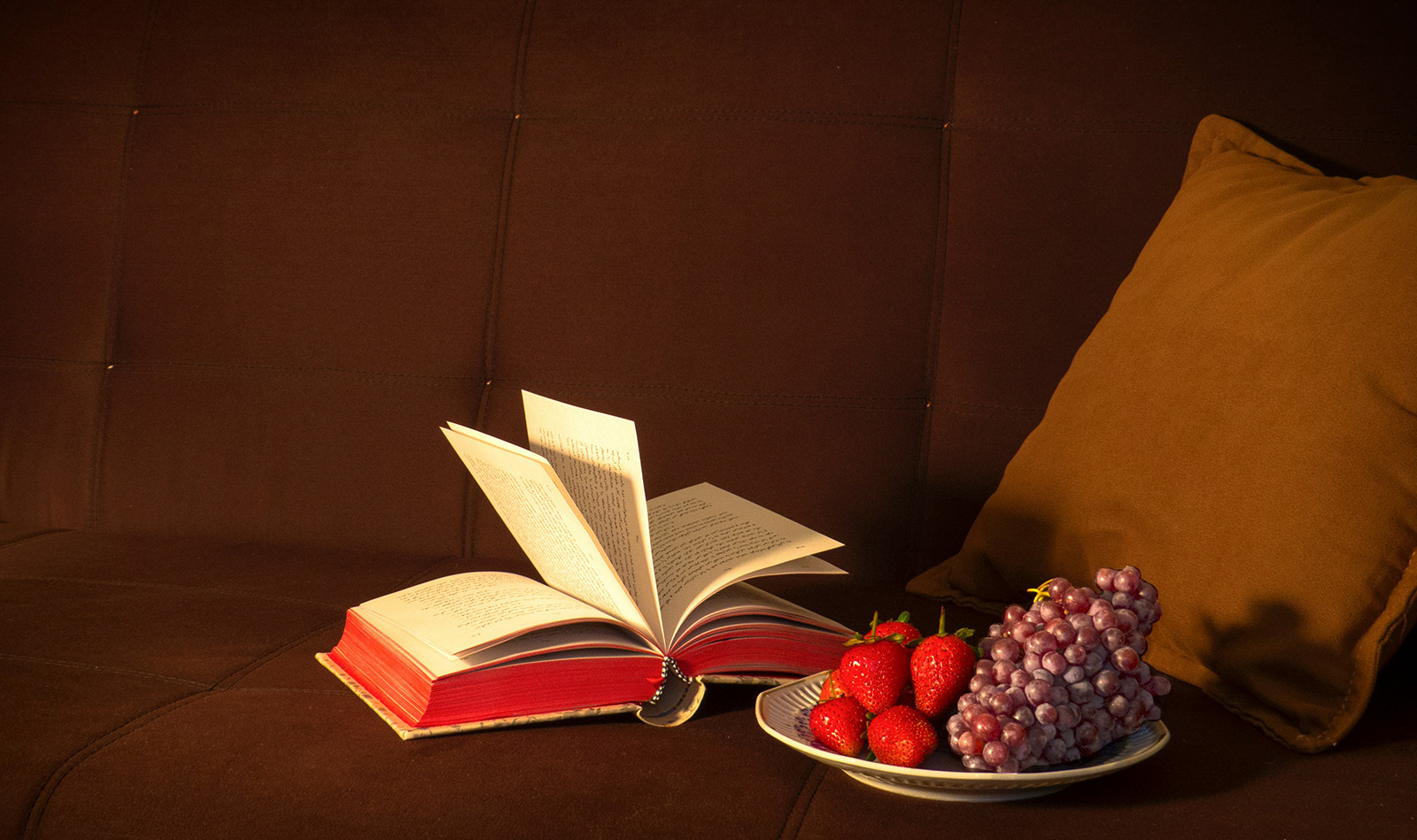
Aesthetic literacy and autobiography
How I became ‘aesthetically literate’, and used other artistic work to educate and heal myself. ‘Aesthetic literacy’ may even be more important than other forms of literacy because of its therapeutic dimensions.
Related: Posts that mention ‘therapy’
-
Ten Ethical Complexities of Memoir: After The Salt Path, and Two Decades After My Own
-
Six Things We Can Learn About Publishing and Navigating the World as a Writer
-
Five Key Things I Learned About Mental Health First Aid
-
Seven Things Creative Writing Teachers Should Know About Safeguarding
-
5 Ways Creative Writing Can Fuel Creativity
Related: Posts on Creative Writing teaching
-
How Much Truth Is Enough? Reflecting on Raynor Winn’s Response to The Observer
-
Ten Ethical Complexities of Memoir: After The Salt Path, and Two Decades After My Own
-
Five Reasons Why Mindfulness and Creative Writing Weave Together Well
-
How can you teach people to write innovatively? Here are 5 ideas…
-
Six Things We Can Learn About Publishing and Navigating the World as a Writer
